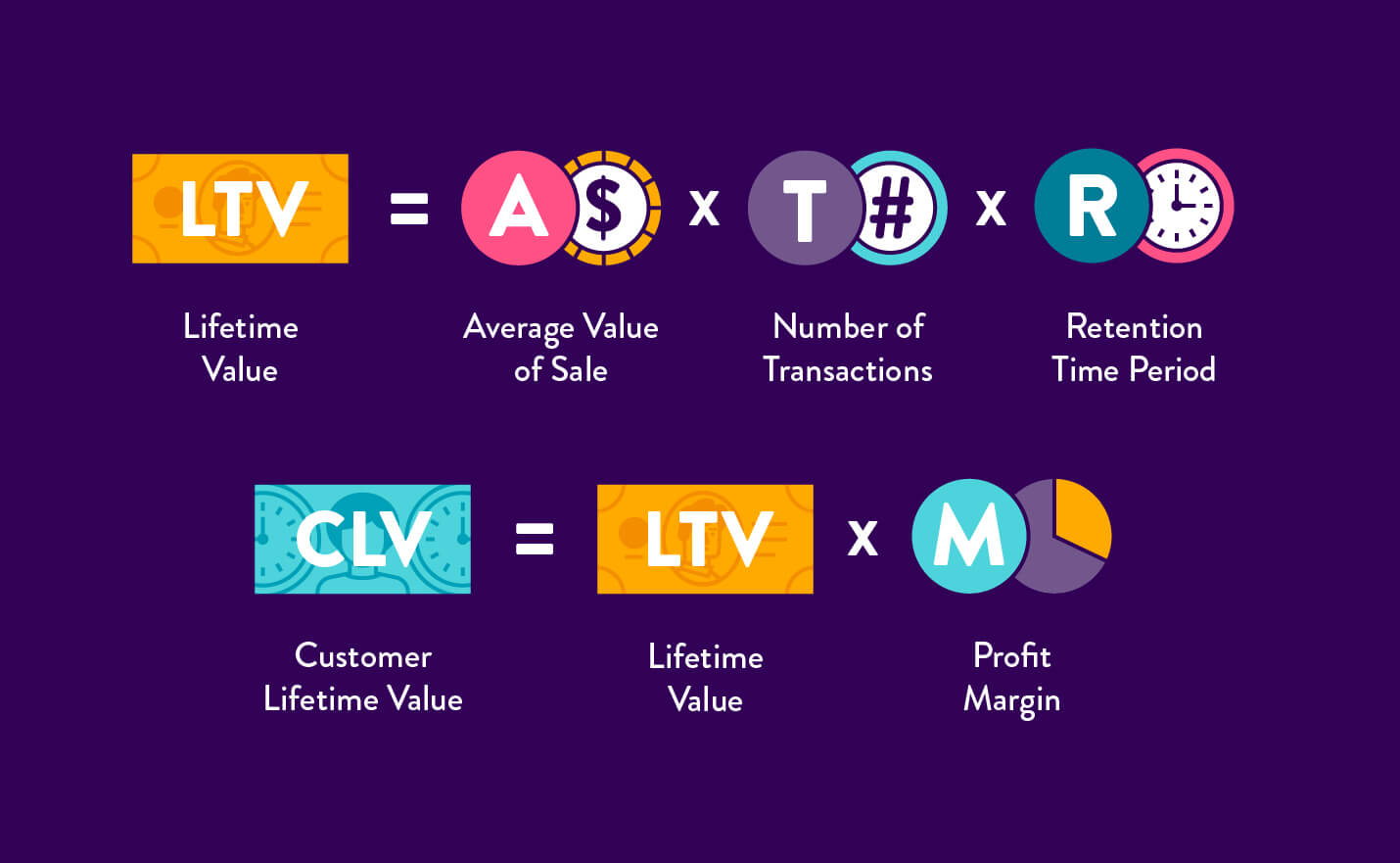You have probably heard the expression Customer Lifetime Value (CLV) before, but do you really know what impact it has on your business?
Without going into too much detail, the CLV is the value that the customer has for your business over time. To calculate it, consider:
- How often it buys
- How much do you spend?
- How long is a customer of yours?
Increasing customer lifetime value can have a significant impact on your company’s success. An effective way to do this is to implement a rewards program, which allows you to increase all three values involved in the CLV calculation.
Why use a rewards program to increase CLV?
1. Earning points turns casual customers into loyal customers
Rewarding a customer with points (or otherwise) is an excellent strategy to extend his customer lifetime value for your shop. A customer who receives 100 points for the € 10 spent in your shop will be more likely to buy from you again in the future than a customer who has not received anything.
This is the principle that makes loyalty programs, such as Starbucks Rewards, so effective. The positive reinforcement of some customer actions, such as buying or word of mouth with friends, will increase the frequency of these actions in the future, because customers want to feel valued. This means that the value you are offering them must be calibrated to customers. Ultimately, it is not enough to want to enhance them: you have to understand how they want to be enhanced.
Understanding who your customers are, what they prefer, what needs they have, what they expect, will help you design a loyalty program that offers the perfect range of rewards for your customers, leading them to make purchases from you more and more often.
Providing more motivation to buy is the key to increasing the customer’s customer lifetime value and at the same time, to increase your sales.
Through a rewards program , customers perceive that your e-commerce or physical store can add value to the money they spend. Since the prizes that can be redeemed with points have a monetary value (for example, a free shipping, a product or discount coupon), it becomes easy to make a mental association between the purchase and the value collected.
By rewarding customers for the actions you would like them to repeat, you will increase the likelihood that they will come back to buy from you again, and therefore the customer lifetime value. If they know they can convert their points into a discount coupon or free shipping, they will be encouraged to continue taking actions that bring them closer to that goal.
2. Reward programs create the “transition cost”
When your customers earn points with a reward program, they are more motivated to stay loyal to your brand or e-commerce, because leaving it would mean sacrificing the value accumulated with these points.
This barrier is called “transition cost ” (or swathing costs , or the obstacles, costs and expenses that a customer must incur when changing vendor or supplier) and precisely this cost can be decisive in the decision that a customer makes, choosing to stay with your brand or to buy from a competitor.
Since a reward loyalty program has the ability to dissuade your customers from falling back on competition, this has a profound impact on its customer lifetime value .
The duration of the customer’s loyalty relationship to your brand is as important as the average size of his cart or the frequency with which he buys.
Once the customer has purchased and accumulated points, he is unlikely to let them go unused, and this is based on a theory known as “loss aversion” . This theory states that humans prefer to avoid losses rather than gain equivalent gains.
In the context of a rewards program, therefore, the points earned that customers would sacrifice, giving up the loyalty relationship, are perceived as a real loss that they are not willing to suffer.
Since these points can be redeemed in the form of discounts or free shipping, it is even more difficult to give them up, as they have a concrete financial value, which motivates your customers to continue shopping at your shop so that no one can put them your hands in your pockets and deprive them of that value.
All this translates into a higher customer lifetime value for your business and more attractive rewards for your customers.
3. An effective rewards program stimulates referrals
The referrals, that is when customers suggest a company or a brand to third parties, are very effective and considered one of the most authentic forms of marketing : the review of a brand or ecommerce website design made by a friend is perceived as much more spontaneous and genuine of an advertisement. For this reason, you should reward referrals, so that they, the top customers of your store, continue to recommend your shop or e-commerce to others.
Although referrals are not explicitly tied to customer lifetime value , the revenue produced by each new customer can be traced back to an original referrer. This means that customers who refer their friends to you , with the result that the latter actually buy, have an even greater customer lifetime value than a regular customer and should be rewarded for this.
One of the most effective and widely used tactics to increase referrals is to reward both the original customer and his friend once the referral makes its first purchase. This reward can be a discount on your next purchase or free shipping!
Reinforcing this behavior will motivate the original customer to continue bringing new customers to your store. As a bonus, he will continue to shop at your store or e-commerce with the bonuses or discounts earned, further increasing his customer lifetime value and ensuring the continuous success of your brand.
Conclusion
One thing that should never be forgotten is that all human activities arise, first of all, from a compromise of trust that is established between the parties. If there is a balance between losses and gains on both sides, the relationship of trust is potentially infinite. Based on this, think of the customer’s customer lifetime value not only as an indicator of the amount of money that makes you earn, but of the potential relationship that, based on it, you can build.
If you are not currently aware of your client’s CLV, you may have a loyalty problem or high acquisition costs.
Implementing a rewards program allows you to create loyal customers , to encourage them to become your referrals with their friends and to discourage them from moving on to the competition: all strategies to increase customer lifetime value in the long run and have more revenue for your marketing.
You can learn more about how to do it by reading our article on how to create an effective loyalty program for your business and strategies to increase customer loyalty on e-commerce.



